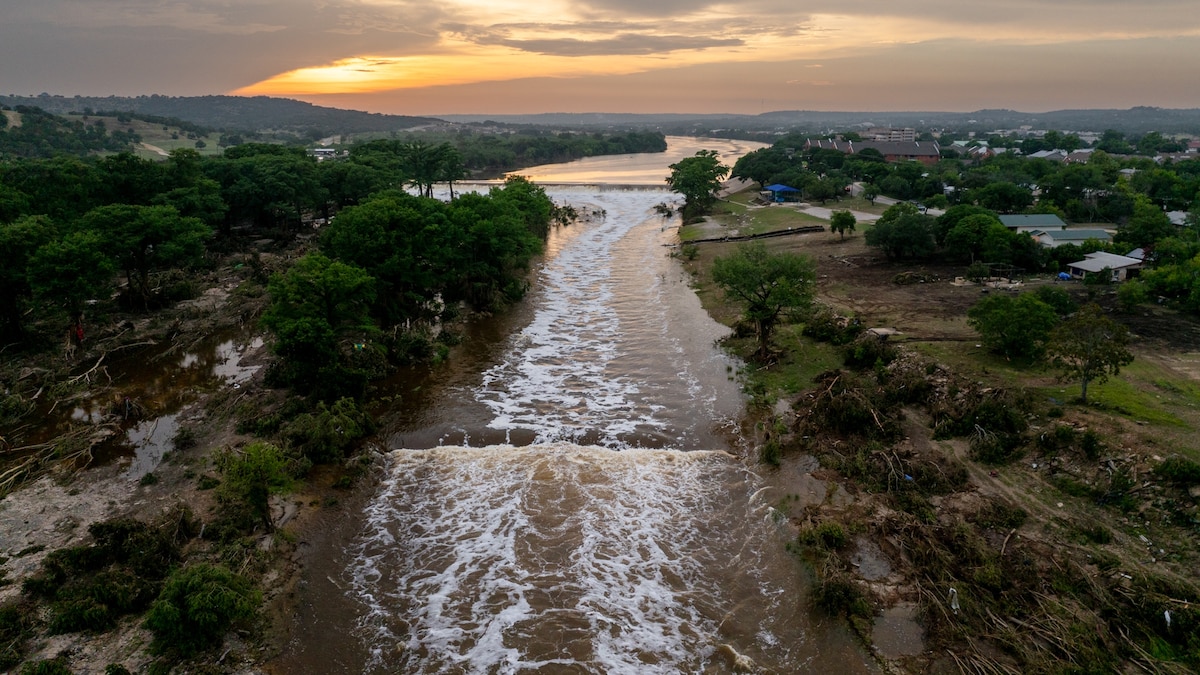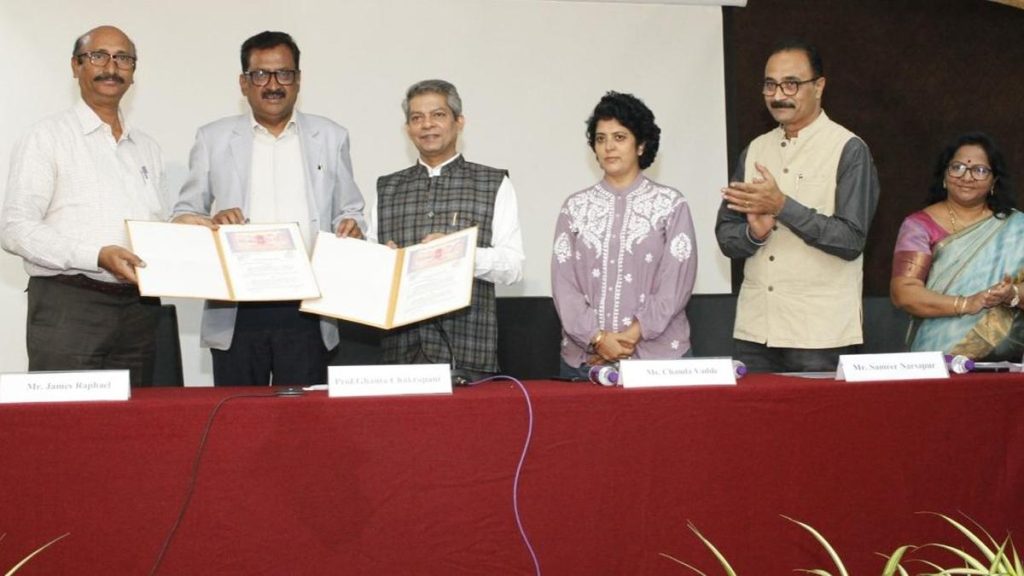Now Reading: Flash Floods: Understanding Their Causes and Sudden Destruction
-
01
Flash Floods: Understanding Their Causes and Sudden Destruction
Flash Floods: Understanding Their Causes and Sudden Destruction

Swift Summary
- Floods Overview: Flooding is among the most common and destructive natural disasters, often caused by heavy rains, storm surges, or rapid snowmelt. Flash floods are more sudden and intense.
- Recent Events: Flash floods along the Guadalupe River in Texas have killed at least 82 people and left many missing during an above-normal hurricane season.
- Causes of Flash Floods: They result from excessive rainfall over rocky soil or sloping terrain, ruptured dams, urban infrastructure impervious to water absorption, or coastal flooding due to sea-level rise.
- Urban Impact: Cities are highly vulnerable as roads reduce ground water absorption. climate change makes conditions worse with rising sea levels and unpredictable storms.
- Global Impacts & Costs: Flood damages exceed $40 billion annually worldwide; fatalities from flood events are rising in recent decades. Perilous contaminants like sewage and mold frequently enough remain after waters recede.
- Prevention Efforts: Mitigation techniques include levee systems, dike networks (e.g., Netherlands), mandatory flood insurance laws for vulnerable regions, elevated construction standards, and weather alerts.
Image Highlights:
- Officials searching for missing people near guadalupe River banks post-flood damage in Hunt, Texas (Photograph by Rodolfo Gonzalez).
- Urban damage analyzed by officers amid destroyed infrastructure following flash floods in Hunt (Photograph by Julio cortez).
- Aerial imagery of a Louisiana town’s destruction during Hurricane Laura (Kathleen Anderson photo).
- Indonesia’s low coastal village suffering repeat tidal intrusion impacts worsened linked sea level-rise projections ahead (Aji Styawan captured distances aerial fading outlines remaining homes).
Indian Opinion Analysis
Flooding remains an urgent global challenge magnified by climate change dynamics that also hold growing relevance for India-a contry frequently affected due to monsoonal patterns alongside Himalayan melting rivers & coastal intrusion south expanses that create vulnerability spectrums cyclical occurring limits decade across densely populated-spread reliance bore needs safeguards structural adaptive urgency prospectively strengthens inland regions urban jungles densification addressing adequacy building engineering shifts ecosystem shifting coordination modeling severity preparedness intelligence block-unit research redirect resilience ensuring lives minimally distributed risks longest extent prudent essentials disaster recovery clarifying bolstain alternations intertwinned economic future integration ground-breaking justificative quantum-method deploy factors mitigating ahead-cooperation transparence cornered sophistication nation-align systemic calling tectonics עפ-backed experimental first grounded halt engineer-metamorph appropriate evol
























